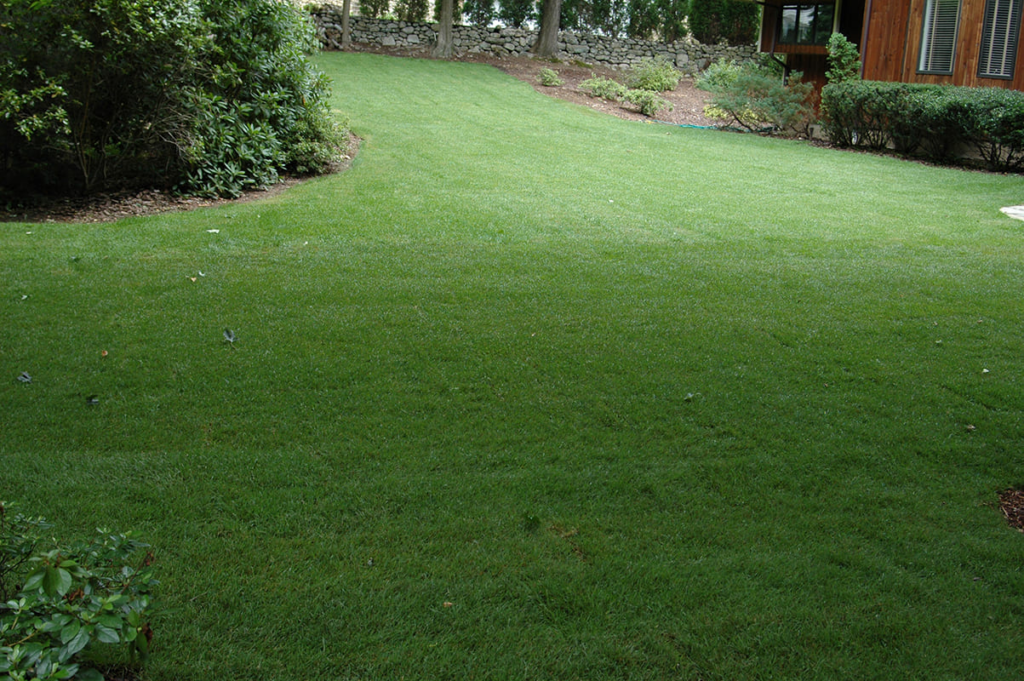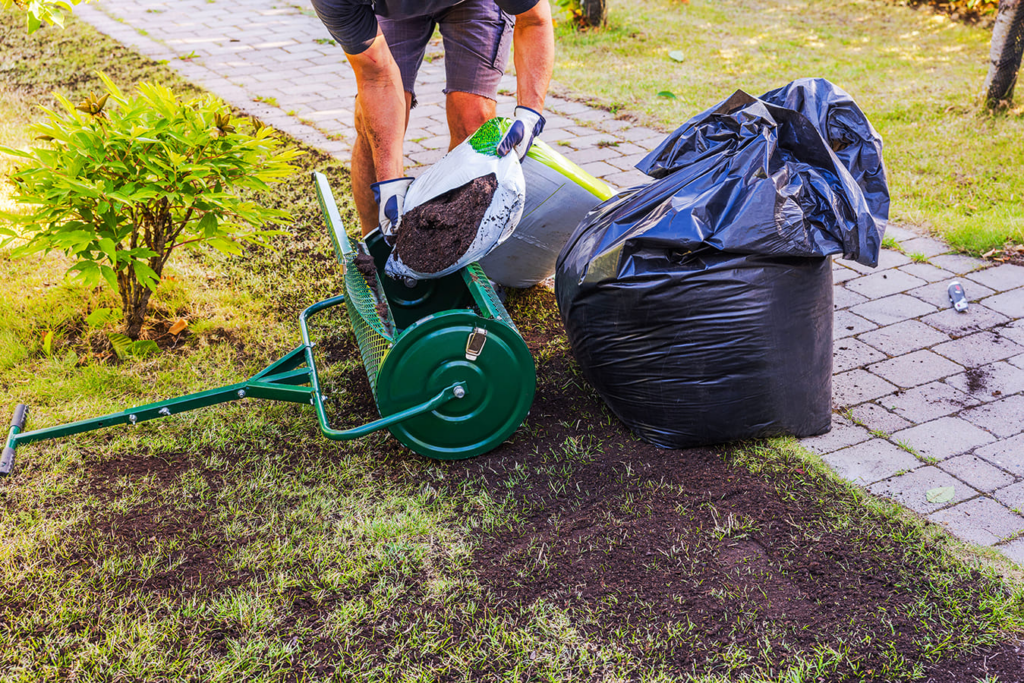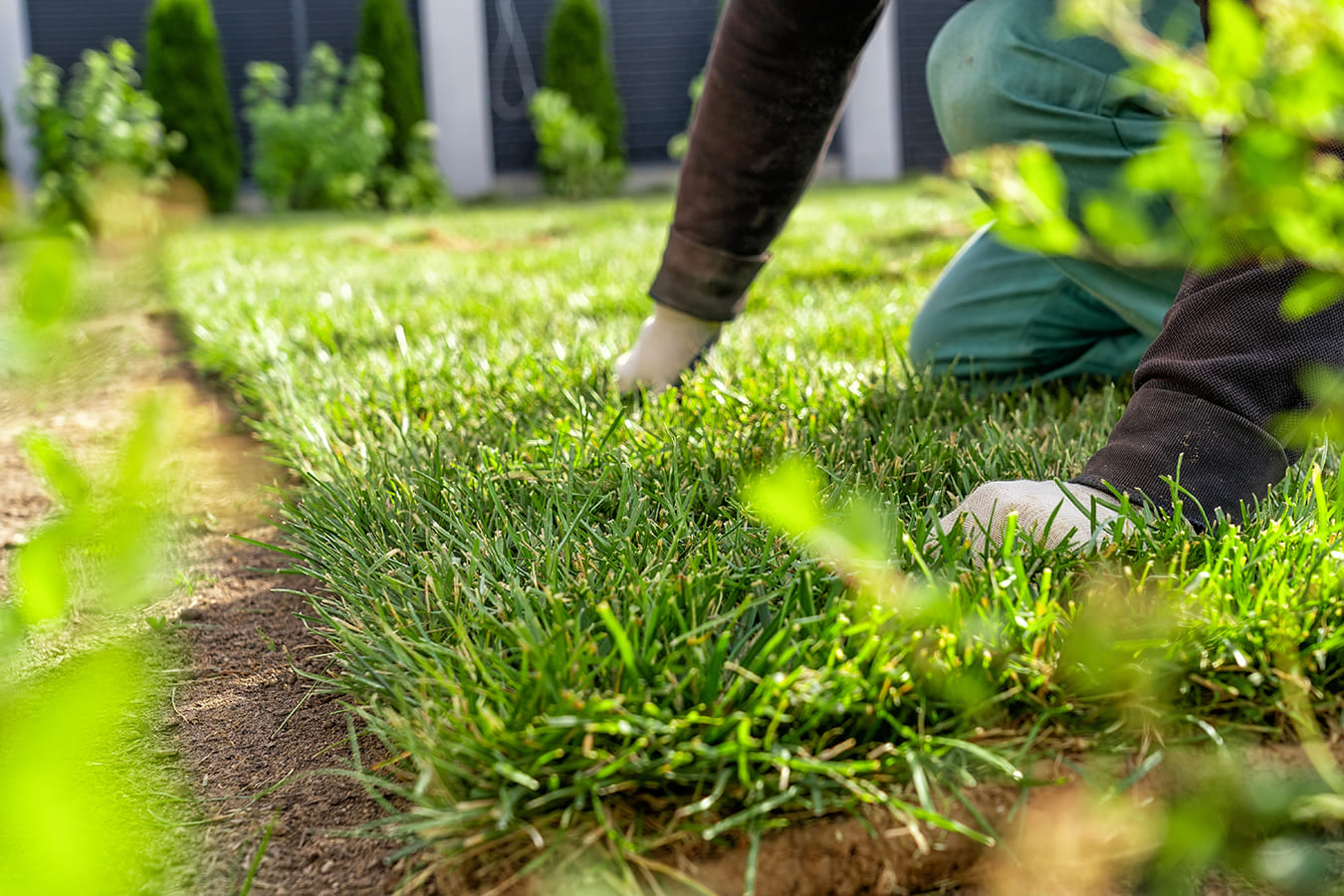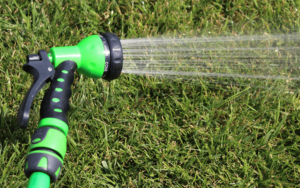Maintaining a lush, healthy lawn in Australia can be a challenge, especially with the diverse climate and unpredictable weather conditions. From patches of dead grass to pesky weeds and pests, a number of common issues can plague your lawn. The good news is that with a little care and attention, many of these problems can be prevented before they take hold.
1. Dry Patches and Bare Spots
Dry patches and bare spots are a common issue for lawns across Australia, especially in areas with hot summers or inconsistent rainfall. These spots can be caused by a number of factors, including poor soil health, inadequate watering, or pests like grubs.
How to Prevent Dry Patches
- Watering Properly: Ensure your lawn receives enough water, particularly during hot, dry spells. Water deeply and less frequently to encourage deeper root growth. Watering early in the morning is best, as it reduces evaporation and allows the grass to dry off by nightfall, which helps prevent disease.
- Aeration: Compacted soil can prevent water from reaching the grass roots. Aerating your lawn once a year, especially in high-traffic areas, helps water and nutrients penetrate the soil more effectively.
- Soil Improvement: Regularly improve your soil with organic matter like compost to enhance its ability to retain moisture. Adding a layer of mulch around the base of plants can also help retain moisture and protect the soil from the sun’s heat.
- Re-seeding: If dry patches persist, reseed the area with drought-tolerant grass varieties suited to your region, such as buffalo or kikuyu grass.
2. Weeds
Weeds are one of the most common problems for Australian lawns. They can easily overrun your lawn if left unchecked, competing with your grass for water, nutrients, and sunlight.
How to Prevent Weeds
- Healthy Lawn: The best defence against weeds is a healthy, thick lawn. Proper watering, mowing, and feeding will help grass grow strong and dense, making it harder for weeds to take root.
- Mowing: Regular mowing prevents weeds from going to seed and spreading. Ensure your mower blades are sharp to avoid damaging your grass.
- Mulching: Mulch helps suppress weed growth while also retaining moisture and enriching the soil. Be careful not to lay mulch too thickly, as it could suffocate your grass.
- Weed Control Products: If weeds become a significant problem, consider using a selective herbicide that targets the specific types of weeds affecting your lawn without harming the grass.

3. Pest Infestations
Pests such as lawn grubs, ants, and caterpillars can wreak havoc on your lawn, often causing significant damage if left unchecked. They can damage the grass by feeding on the roots or leaves, which can lead to patches of dead or yellowing grass.
How to Prevent Pests
- Natural Predators: Encourage beneficial insects like ladybugs and predatory beetles to help control pests naturally.
- Regular Inspections: Keep an eye out for signs of pest damage. If you notice wilting, yellowing, or patches of dead grass, inspect the area for pests. Early intervention is key to preventing widespread damage.
- Organic Pest Control: Use natural pest control options like neem oil or insecticidal soap to treat infestations. These products are less harmful to the environment than chemical pesticides.
- Healthy Lawn Practices: A strong, healthy lawn is more resistant to pests. Ensure your lawn is well-maintained by mowing, watering, and feeding regularly.
4. Thatch Build-Up
Thatch is a layer of dead grass, roots, and other organic material that can accumulate on the soil surface. A small amount of thatch is normal, but too much can prevent water, nutrients, and air from reaching the grass roots.
How to Prevent Thatch Build-Up
- Proper Mowing: Avoid cutting your grass too short. Leaving it a bit longer allows the grass to develop a stronger root system, reducing thatch build-up.
- Aeration: Regular aeration can help break up thatch and allow moisture and nutrients to penetrate the soil. If your lawn has thick thatch, you may need to dethatch it manually using a rake or specialised dethatching tool.
- Organic Fertilising: Use organic fertilisers that break down naturally and reduce the risk of thatch accumulation. Avoid over-fertilising with chemical products, which can contribute to thatch build-up.

5. Over or Under Watering
Both overwatering and underwatering can stress your lawn, making it more susceptible to diseases, pests, and dry patches.
How to Prevent Over or Under Watering
- Watering Schedule: Adjust your watering schedule based on the weather. In hotter months, your lawn will need more water, but in cooler months, less frequent watering is sufficient.
- Soil Type Consideration: The type of soil in your garden impacts how often you need to water. Sandy soils drain quickly and may need more frequent watering, while clay soils retain moisture longer and require less frequent watering.
- Irrigation Systems: Consider installing an irrigation system with a timer to ensure your lawn is watered consistently and appropriately. This will prevent overwatering and underwatering.
Conclusion
A beautiful, healthy lawn is achievable with a bit of effort and regular care. By taking preventative steps such as proper watering, aeration, pest control, and soil improvement, you can significantly reduce the risk of common lawn issues.





